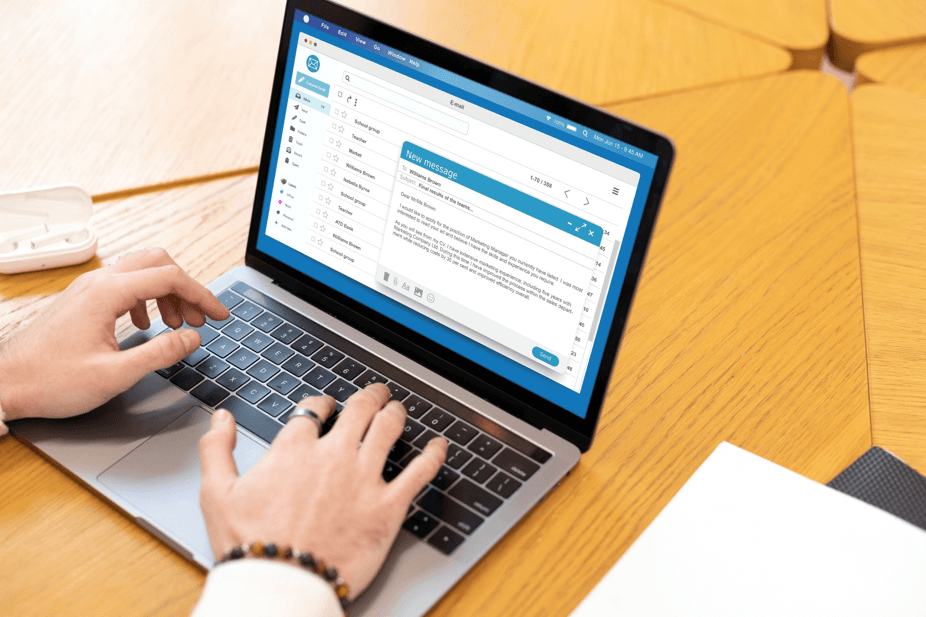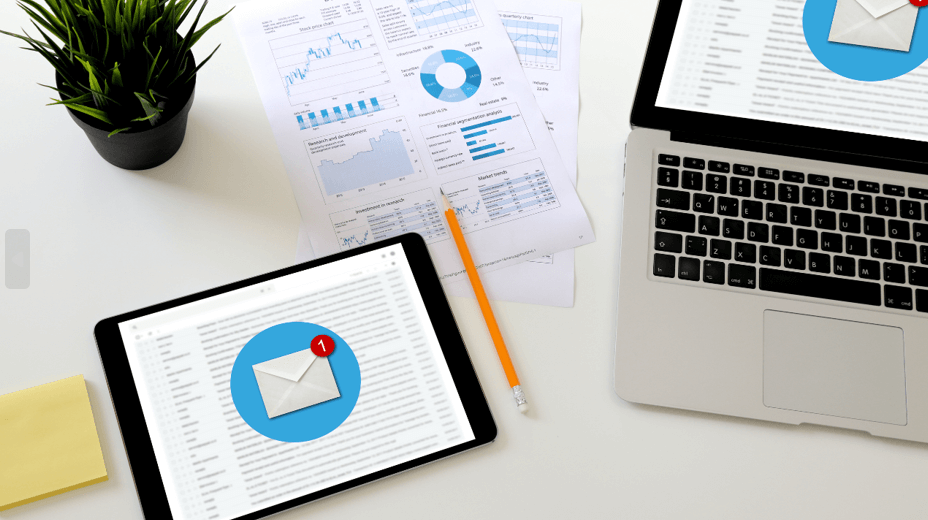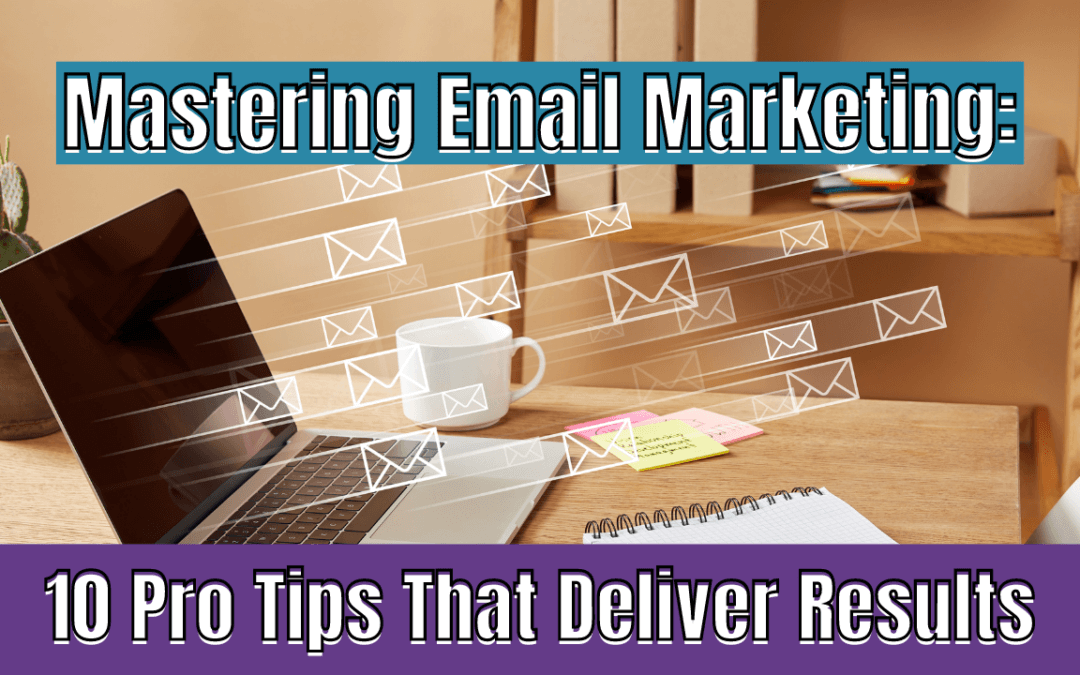Email marketing has been a staple in the digital marketing toolbox for years, and for good reason. It offers a cost-effective way to reach your audience, nurture leads, and drive conversions. Within this guide, you’ll uncover ten advanced tips to sharpen your email marketing skills, enabling you to thrive in a fiercely competitive environment.
1. Segmentation: Your Secret Weapon:
Segmentation is the cornerstone of effective email marketing. It involves categorizing your subscribers into distinct groups based on various criteria, such as demographics, behavior, interests, or purchase history. By understanding the unique preferences and needs of each segment, you can craft tailored content that resonates.
Bonus Tip: Beyond demographic data, consider segmenting based on engagement level. Create a segment for highly engaged subscribers who consistently open and click your emails. Reward them with exclusive content or special offers to maintain their enthusiasm.
2. Subject Lines That Demand Attention:
Your subject line plays a pivotal role in whether your email gets opened or ignored. To craft compelling subject lines, consider using tactics like curiosity, urgency, personalization, or storytelling. Experiment with different approaches to see what resonates best with your audience. Remember that clarity is crucial; your subject line should align with the email’s content.
Bonus tip: Incorporate emojis sparingly in subject lines. Emojis can add visual appeal and convey emotion, but use them judiciously to avoid looking unprofessional or gimmicky.
3. Personalization: More Than Just a Name:
While addressing subscribers by their first names is a good start, true personalization goes further. Leverage data to create highly relevant content. For instance, recommend products or services based on past purchases or browsing history. Behavioral triggers, such as abandoned carts or anniversary milestones, can also trigger personalized emails that foster a deeper connection.
Bonus Tip: Implement dynamic content blocks that adapt to each subscriber’s behavior and preferences. For instance, showcase different products or recommendations based on their past interactions with your emails or website.

4. Quality over Quantity:
Sending frequent emails may seem like a good strategy, but it can lead to subscriber fatigue. Instead, prioritize sending high-quality content that offers real value. Educational resources, entertaining stories, and problem-solving guides are more likely to engage your audience and keep them eagerly awaiting your next email.
Bonus Tip: Create a content calendar to plan your email campaigns strategically. Align your emails with seasonal trends, product launches, or industry events to ensure your content remains timely and relevant.
5. Mobile Matters Most:
Mobile optimization is non-negotiable. With the majority of email opens occurring on mobile devices, ensure your emails are responsive and visually appealing on small screens. Use a mobile-responsive template, keep paragraphs concise, and use larger fonts and CTA buttons for easy navigation.
Bonus Tip: Conduct thorough testing on various mobile devices and email clients to guarantee flawless rendering. Pay attention to how your email appears on both Android and iOS platforms, as they may have different rendering behaviors.
6. A/B Testing: Unleash Your Creativity:
A/B testing, also known as split testing, is the practice of comparing two versions of an email to determine which performs better. Experiment with different elements such as subject lines, email copy, visuals, calls to action (CTAs), and send times. Over time, this data-driven approach helps you refine your email strategy and maximize engagement.
Bonus Tip: Start with small, incremental changes in your A/B tests. Gradual adjustments to elements like button colors or CTA text can provide valuable insights into what resonates with your audience.

7. Automation: Your Time-Saver:
Email automation empowers you to deliver timely, relevant messages without constant manual effort. Set up workflows for tasks like onboarding new subscribers, nurturing leads, or recovering abandoned carts. Automation ensures that you’re always present in your subscribers’ inboxes, even when you’re not actively sending emails.
Bonus Tip: Implement lead scoring within your automation workflows. Assign points to different subscriber actions, such as email opens, clicks, or downloads. When a subscriber reaches a predefined score, trigger a personalized email or alert your sales team to follow up.
8. Clean Up Your List:
A pristine email list is essential for maintaining a strong sender reputation and high deliverability rates. Regularly remove inactive or bounced email addresses from your list. This practice not only improves your email performance but also helps you save costs by not paying for unengaged subscribers.
Bonus Tip: Conduct re-engagement campaigns for dormant subscribers before removing them from your list. Send a series of targeted emails aimed at rekindling their interest. Those who remain unengaged can then be safely removed.
9. Stay Legit and Compliant:
Email marketing regulations, such as GDPR or CAN-SPAM Act, exist to protect consumers’ privacy. To stay on the right side of the law and maintain trust with your audience, ensure your emails include a clear opt-out option and that you have proper consent to send emails. Familiarize yourself with the legal requirements in your target regions.
Bonus Tip: Leverage double opt-in (confirmed opt-in) to enhance consent and comply with regulations. After users subscribe, send a confirmation email requiring them to click a link to confirm their subscription. This not only ensures compliance but also verifies the validity of email addresses.
10. Analyze, Adapt, Succeed:
Successful email marketing is an iterative process. Regularly analyze key metrics, including open rates, click-through rates, conversion rates, and unsubscribe rates. Use these insights to adapt your strategies, experiment with new approaches, and stay ahead of industry trends. Email marketing is dynamic, and staying agile is key to long-term success.
Bonus Tip: Create a comprehensive email marketing dashboard that consolidates key metrics from different platforms. Tools like Google Data Studio can help you visualize and analyze your email performance more efficiently.
In conclusion, email marketing remains a potent tool for businesses, but it requires a strategic approach. Incorporating these pro tips into your email marketing strategy will elevate your campaigns to new heights, driving better engagement, conversion rates, and long-term customer relationships. Stay ahead of the curve by mastering the nuances of email marketing, and watch your business thrive!

